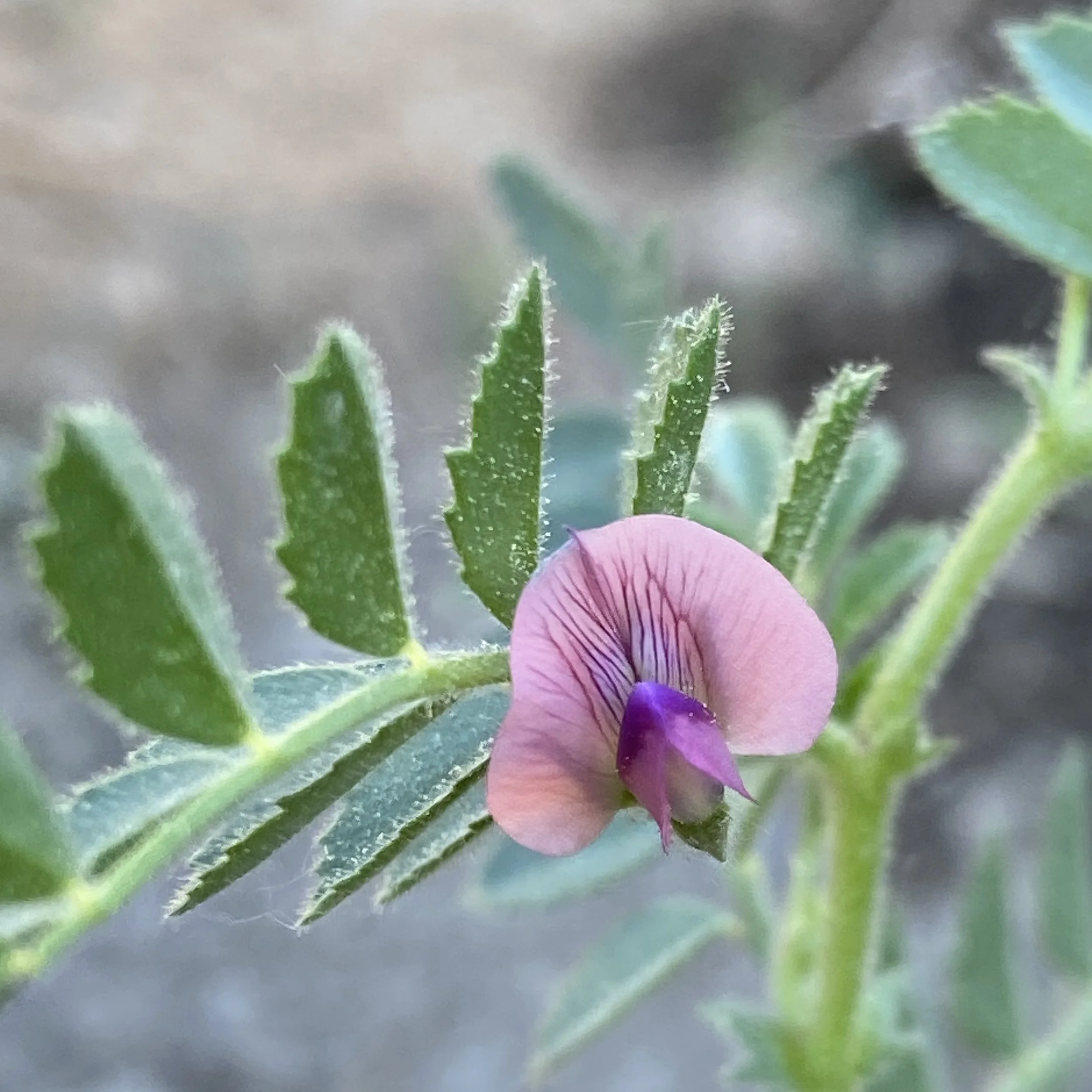Hara Chana
Hara Chana
HARA CHANA (GREEN CHICKPEA) SEEDS
Cicer arietinum
Hara Chana is the new Edamame. Superior in flavor and nutritional value, Hara Chana is a popular seasonal specialty in India. Featuring fuzzy little green pods encasing one, sometimes two, delicious little green chickpeas, they are delicious as a vehicle for oil and salt, or lime and chile, or simply shelled and eaten like petit pois. Hara Chana have a sweet, nutty flavor that is unlike anything else and absolutely addictive.
The chickpeas that you find dried or canned at the supermarket are mature seeds of a brown-seeded variety that have ripened and dried on the plant, usually in a semi-arid environment at tropical latitudes. Chickpeas require a long, hot and dry season to mature, so for the majority of us the pretty green pods of this plant are best picked young, when the little peabeans have only just filled them. If you're fortunate enough to have more than you can eat, Hara Chana can be shelled and frozen for later use, like peas, and are a healthy and tasty addition to winter soups and curries.
Hara Chana requires hot weather to thrive. It prefers to grow in dry soil and full sun. Do not sow these seeds outdoors until soil has warmed to 70°F. Water seedlings just until established. Thin to at least 6" apart. Start indoors in flats where seasons are short or spring soils are slow to warm. These low-growing, very pretty plants will sprawl and do not like to be crowded. Best grown where summers are hot (85°F). These plants will not thrive in cool wet maritime climates.
Hara Chana can grow in a container of very well-drained soil in full sun. Flowers are a beautiful coral-blushed antique violet, and container culture allows for easy access and frequent picking, which will encourage a prolonged production of both flowers and pods. Do not fertilize or overwater.
This pretty plant has delicate, vetch-like leaves and is very attractive along garden paths. Plants nourish the soil, especially when allowed to overwinter in the garden. Clean up in spring, leaving roots in the soil. Till the whole plant under if you're into the whole tilling thing.
Packet contains at least 100 seeds.
